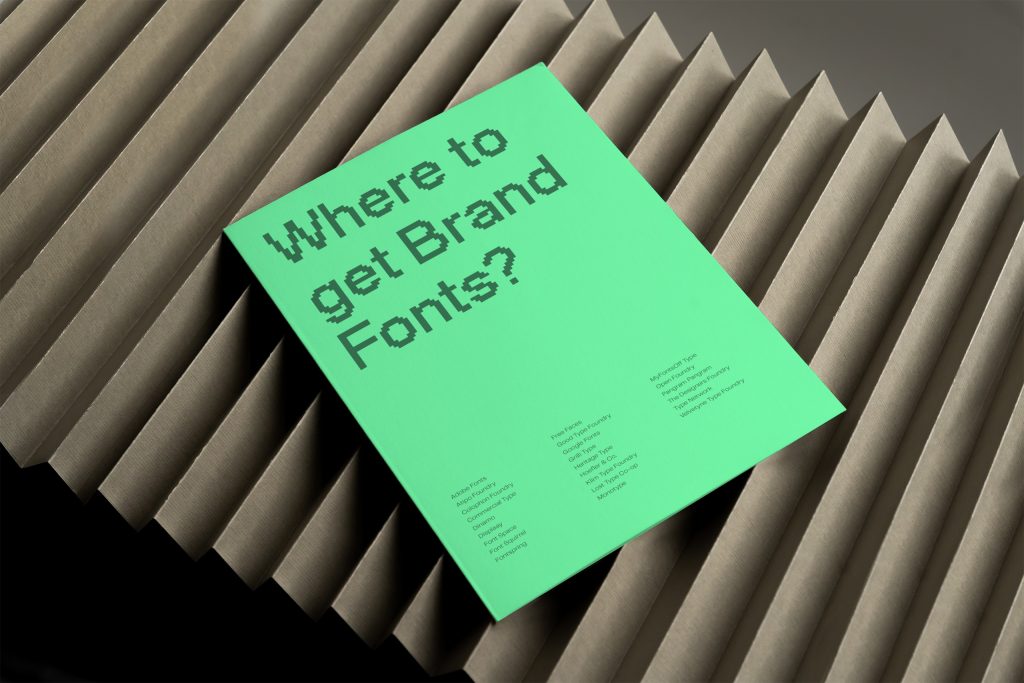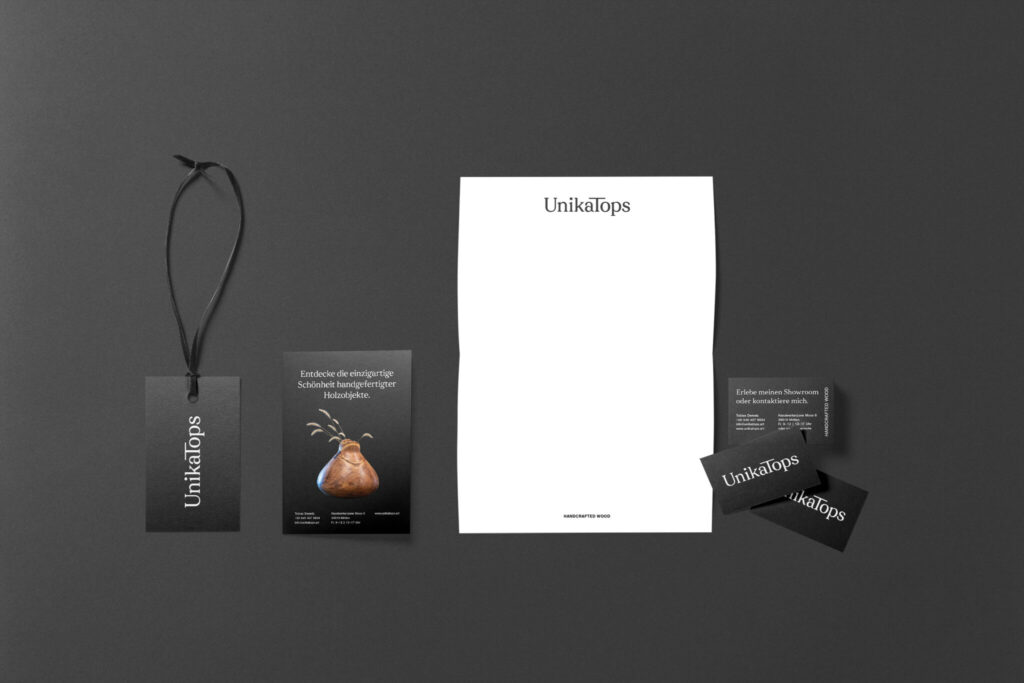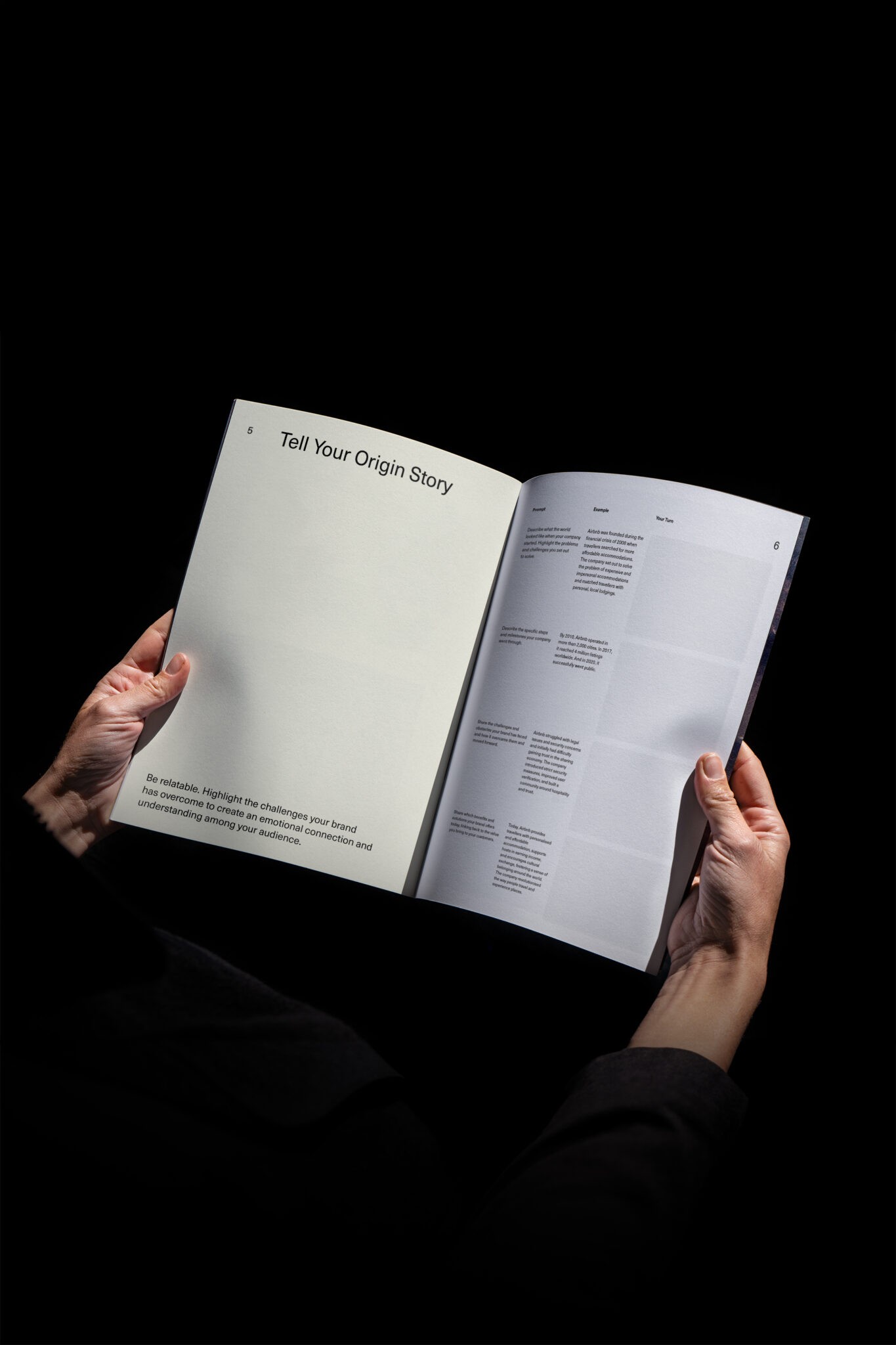As humans, we’re not always as rational as we think when it comes to decision-making. We get influenced by so-called cognitive biases—or mental shortcuts—that help us process information quickly and effortlessly but can also lead to errors in our judgment.
In this article, we will look into 10 cognitive biases brands can leverage.
By tapping into these cognitive biases, you can influence consumer behaviour and ultimately increase sales. But remember, always do this responsibly and genuinely!
1. Social Proof
We often adjust to the behaviour of others, especially those who are similar to us or whom we perceive as credible.
Brands can take advantage of this dynamic by highlighting positive experiences from satisfied customers or showing how many others have already benefited from their products or services.
A good example is Airbnb. The company uses reviews from previous guests to give potential customers a sense of security and assurance before booking a stay.
2. Scarcity
Brands can harness our tendency to place a higher value on rare or limited items by creating a sense of urgency around their products or services.
This can be done by offering limited-time deals, producing limited-edition products, or emphasising the limited remaining stock of a popular item.
These tactics can motivate buyers to purchase before the product runs out.
For example, Adidas released a limited-edition shoe collection in a co-branding effort with a popular anime series. These shoes were only available for a short period, resulting in high demand from collectors and fans of the series.
Another example of using scarcity is Ogilvy’s KFC campaign in Australia.
However, brands should be careful when using scarcity tactics, as they can quickly become manipulative.
Stay honest and transparent about product availability. Don’t pressure customers into making a purchase they may regret.
By being upfront about scarcity and offering fair pricing, brands can build and uphold their customers’ trust and loyalty.
3. Halo Effect
We often believe people or things that do well in one area also shine in others, or vice versa.
Brands can take advantage of the Halo Effect by creating one positive aspect, such as a high-quality design (quality brand fonts or colour choices), which makes the product perceived as more valuable overall.
For example, a soap in well-designed packaging may be perceived as being of higher quality than a soap in poorly designed packaging, even though both might contain the same ingredients.
Want to learn more about the halo effect? My previous blog post gives you five ideas for leveraging it in branding.
4. Anchoring Bias
People tend to trust the first information they learn about something when making decisions.
Brands can use the anchoring bias by presenting their product or service compared to a more expensive product or by communicating their key benefit upfront.
Many software companies apply the anchoring bias. They offer different price tiers and present the cheapest offer first, which makes the other options seem more attractive. Thus, customers tend to pick a more expensive option.
5. Reciprocity
People tend to feel obliged to return favours or kindnesses.
By providing valuable resources such as free downloads, samples or trials, brands can create a sense of indebtedness in their customers.
Adobe and many other software companies offer free trials that allow customers to test the product before they buy it.
Thus, customers feel the need to return this gesture and buy the product or at least engage with the company.
6. Authority Bias
When people perceive individuals as credible or authoritative, they tend to trust those individuals regardless of whether their opinions are objectively correct.
Brands can leverage this tendency by engaging industry experts, thought leaders or celebrities to increase their own perceived authority and credibility.
An example is Colgate, which features dentists in its advertising and marketing efforts. By introducing experts, the perceived authority and credibility of the Colgate brand are enhanced, too.
7. Bandwagon Effect
People often share opinions or behaviours just because they are popular.
Brands can use the bandwagon effect by creating a sense of exclusivity for their products or services and emphasising their popularity, especially among a specific social group.
An example is the Sephora Beauty Insider programme, which rewards loyal customers with exclusive benefits, such as early access to new products, gifts, and invitations to VIP events.
This program taps into people’s desire to be part of a specific group.
8. Confirmation Bias
The confirmation bias describes how we take in, interpret, and remember information in a way that confirms our existing beliefs.
Brands can take advantage of this by running ads that match their beliefs and reinforce positive associations.
For example, if a person values sustainability, a brand might show ads highlighting its eco-friendly practices—reinforcing the customer’s belief.
Nothing is wrong with this as long as it remains honest and authentic.
9. Framing
How information is presented—or framed—can also influence our perception.
Brands can present their products or services as a solution to a specific problem, triggering an emotional response in customers.
For example, Dollar Shave Club, a men’s grooming brand, positioned itself as an answer to the problem of overpriced razor blades.
By offering high-quality razor blades at an affordable price, the brand addresses its customers’ concerns and needs and creates a positive association with its product.
10. Loss Aversion
Loss aversion describes our tendency to feel the pain of losing something more strongly than the pleasure of gaining something of equal value.
Brands can tap into this human tendency by offering a money-back guarantee or trial period to encourage customers to test their products or services risk-free.
Take my experience buying an Ecosa mattress, for example. The company offered a 180-day money-back guarantee.
But if we are honest, how many people would use the policy, especially if they are satisfied with the product?
After over six years, I still love my Ecosa. I even bought a second one and convinced my friends to buy one, too. But I probably wouldn’t have bought it in the first place hadn’t Ecosa offered the trial.
Conclusion
When brands thoughtfully and responsibly tap into these cognitive biases, they can build trust and foster long-term relationships with their consumers.
By understanding how people think and feel, brands can create experiences that resonate with them deeply and provide genuine value.
But, the key to leveraging cognitive biases is to be transparent and candid about the brand’s marketing tactics. Brands should never deliberately manipulate consumers.
This honesty, in turn, can improve the brand’s reputation and credibility.
If you found this article interesting, you will also enjoy 25 Cognitive Biases That Explain the Irrational Behaviour of Consumers.
Title image by Photo by Cup of Couple






